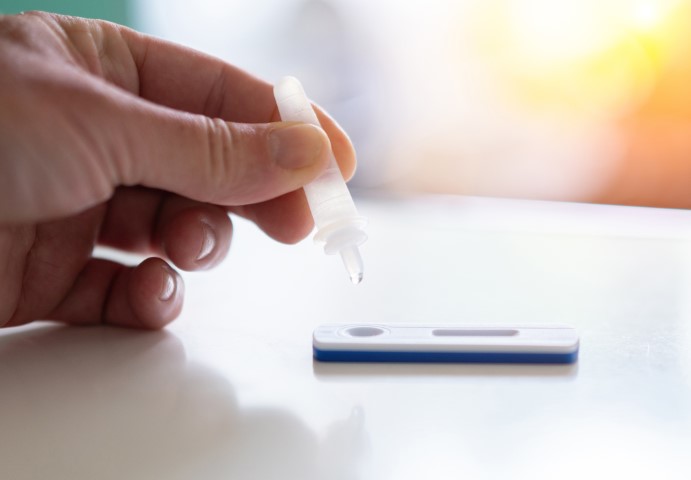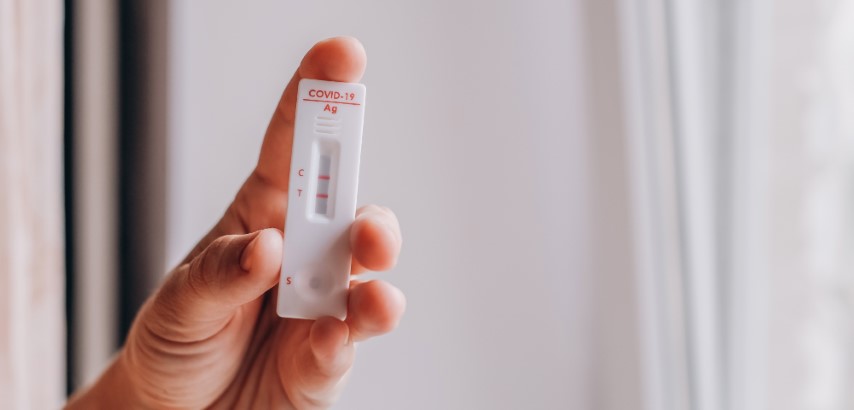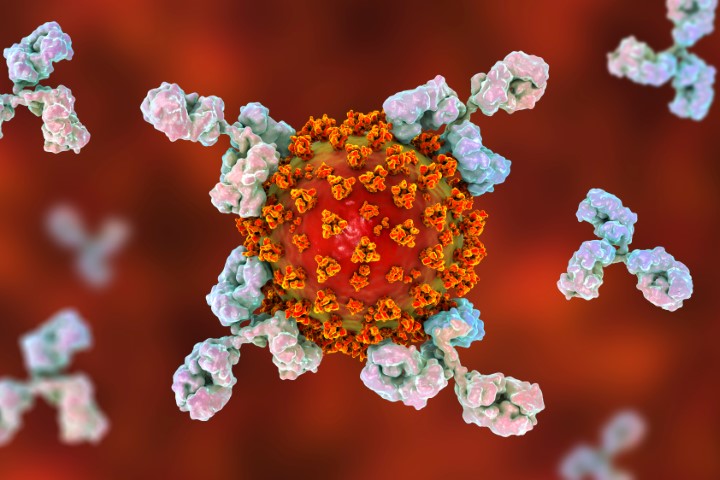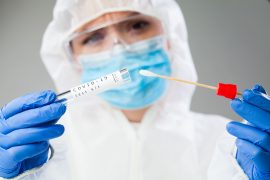Antibodies are specialized Y-shaped proteins that help recognize the body’s foreign invaders, such as viruses, bacteria, and parasites and help neutralize them. They are part of the adaptive immune system in the human body.
When a human body recovers from an infection with a virus, the immune system retains a memory of the same, so that the immune cells and proteins in the body can recognize and eliminate the pathogen, if it appears again. This is how the body receives protection against diseases and reduces the severity of the illness. Once made, the antibodies, whether from an infection or vaccination, may protect people from getting severely ill for some time afterward.
The same concept applies to the Coronavirus. Supposing you caught the virus, your body would produce antibodies that can recognize and eliminate foreign substances in your body and provide immunity. Immunity consists of 3 elements which are:
Helper T Cells – Ones that helps recognize pathogens
Killer T Cells – The ones that eliminate pathogens
B Cells – The ones that produce new antibodies when you need them.
On getting the COVID-19 vaccination, the antibodies in it provide T cells and B cells to your body which know how to fight against the virus.
So, what is the Neutralising Antibody (NAB) Test?
After getting the vaccine or an infection, it is important to know how if an individual has developed an immune response post-SARS-CoV2 or post-vaccination. Neutralizing Antibody Rapid Test is a qualitative In-Vitro Diagnostic immunochromatography assay. This test is designed for the use to detect the circulating SARS-CoV-2 neutralizes antibodies in whole blood.
This test is intended for use in any laboratory & non-laboratory setting to check immune response in subjects post COVID-19 vaccination & or infection with the SARS-CoV-2 initiated by the healthcare professional and individuals with the self-collected specimen.
Persons vaccinated against the SARS-CoV-2 virus and persons infected by SARS-CoV-2 infection can take this test.
How to conduct a Post-vaccination neutralizing antibody test using the Anti-body test kit
First things first, let’s look at what comes with the Anti-body test kit. The box includes 1 test device, 1 Assay buffer, 1 Capillary tube, 1 Alcohol swab, 1 Lancet, 1 Disposal Bag, and 1 User guide
Take the following steps for preparation:
Step 1 – Wash your hands, and make sure they are completely dry before starting the test
Step 2 – Remove the test components from the box and place them on a flat surface
Step 3 – Peel the aluminum foil from the pre-filled buffer tube and secure the cap on the buffer tube
Step 4 – Push the buffer tube on the perforated circle on the box
How to collect a sample
- Choose your ring finger or the middle finger, clean the tip of the finger with the alcohol swab and let it dry for 5 to 7 seconds.
- Twist and pull the tip of the Lancet.
- Position the Lancet over your fingertip and push back against the skin until you heard a click
- Wait for a good size of a drop of blood to form. If it does not, squeeze the sides of the finger to help it form
- Squeeze the top of the capillary tube and bring the capillary tip in contact with the blood drop. Release the top of the capillary tube allowing the blood to flow into the tube



How to conduct the Test



Squeeze the top of the capillary tube to transfer the blood into the sample well of the test device
- Add 3-4 drops of the assay buffer on the sample well of the test device
- Wait for 15-20 minutes to read and interpret the result.
How to interpret the result
Note: Result post 20 minutes should not be considered valid.
- Only if the control band C is developed, the test result indicates negative
- If the control (C) band and test (T) band is developed, it indicates the presence of COVID-19 neutralizing antibody in the sample. This means the result is positive.
- If no control band (C) is developed then the assay is invalid regardless of the color development on the test (T) band
- If none of the bands have developed, the assay is invalid. Try again with a new device.
How to dispose of the test-kit
- Use a sealed bag to dispose of the assay buffer, alcohol swab, capillary tube, and test device.
- Disinfect all the surfaces that the test Device may have touched and wash your hands after disposal
Do’s and Dont’s
Do not refrigerate the kit, or do not use the kit if the expiry date has passed. Do not interpret the result after 30 minutes. The result should be interpreted only after 20 minutes. The kit should be stored between 2 – 30 degrees Celsius. Follow the guidelines for disposal. Stand up so your hand is below your heart, this helps your blood flow better.
Testing positive on an antibody test does not mean that it should be a factor that determines whether or not to return to work or school. One should take steps to protect themselves and others by getting vaccinated. Before taking an antibody test if you have had COVID-19 symptoms at some point, it is wise to consult with your doctor thoroughly so they can guide you accurately as needed.




Comments are closed.